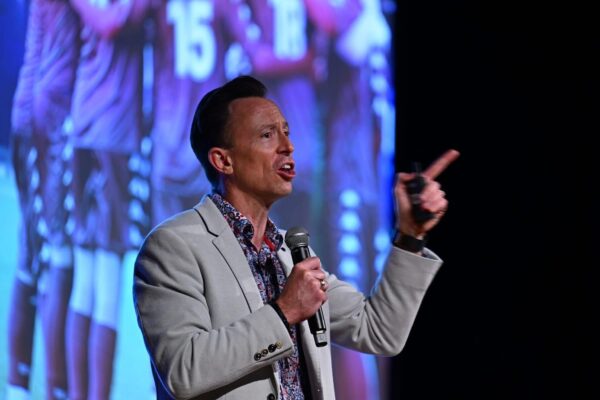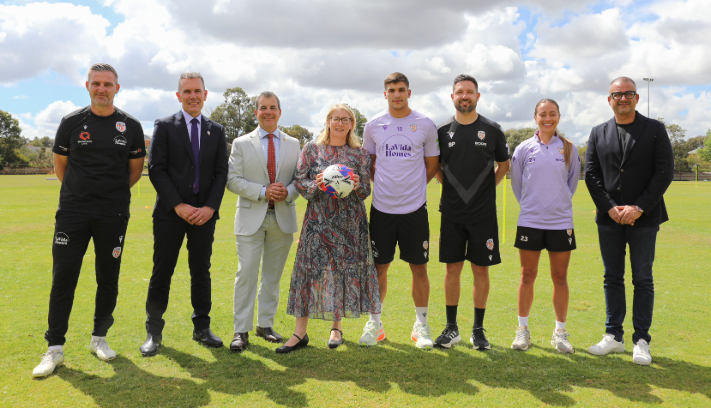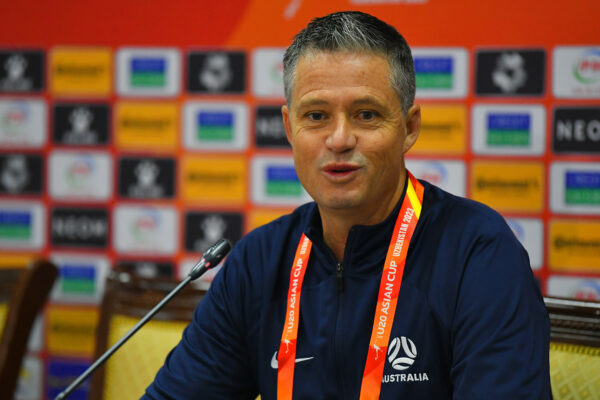
The Crown Reserves Improvement Fund (CRIF) supports Crown land managers (CLMs) by providing funding for repairs, maintenance and improvements on Crown reserves. The funding aims to benefit the community, boost our economy and contribute to the cultural, sporting and recreational life of NSW.
It is self-sustainable, as the interest and repayments from previous projects help fund newer and ongoing works within NSW Crown Lands.
Crown Land is owned and managed by the NSW State Government, which equates to roughly 42% of the state of New South Wales. Among other categories, reserves make up 3.1 million hectares of NSW Crown Land.
Crown reserves are land dedicated on behalf of the community for public use and purposes, with the most notable being recreation and sport. The Crown Reserves Improvement Fund (CRIF) supports Crown land managers (CLMs), wherein, after evidence and applications are approved, funding is provided for the aforementioned repairs, maintenance, and improvements on Crown reserves. This can stem a wide variety of issues that community groups deem necessary and urgent to take on. Emu Park in Penrith received $160,000 to upgrade sports field floodlighting at Dukes Oval Sportsground in 2021, whereas Eric Mobbs Reserve in Winston Hills received $14,000 to construct an undercover seating area for lunch tables and shelter at the sports park.
The CRIF aims to build community rapport, support jobs and the economy, and further build upon NSW’s proud sporting culture.
If you are a CLM who wishes to explore the benefits of the CRIF for your local park or field, the following actions are recommended by Crown Land. The funding is expected to be open in September 2023, so obtaining quotes and supporting documentation, such as potential uses, and the outcomes achieved if this project is successful.
Any successful grant will be credited in early 2024, in the last fiscal year (2022-2023, the CRIF funded 267 projects totalling just under $18 million.
The CLM in question must not have any outstanding CRIF projects or funding if they wish their application to be eligible. Any outstanding project must be completed within 12 months of receiving funding, and all project reports must be finalised within 14 months.
If this is the first project for a CLM, they must register for access on the CRIF reserve funding management page. Only select persons from each CLM are authorised to apply for funding, and these can be found on the CRIF website. Applicant details must be input, such as the CLM’s ABN, the park or crown land that the project is to be completed at.
Activity details are also a relevant topic that must be detailed and outlined in your application. In this section, the CLM needs to answer how the project will be done, and what benefit will be achieved in doing so. Images and maps are strongly recommended, particularly if funding is for pest management and weeding.
You must submit quotes for the project to the CRIF in order for your project to be considered. Depending on the grant that is being asked for, will determine the number of minimum quotes provided by the CLM for the CRIF to consider the application. At least one quote is needed for any grant from $0-$30,000, three or more for $30,001-$150,000, and anything more than this will need significant financial strategy from the CLM to provide cost estimates.
As the first funding round will open in September 2023, CLMs are encouraged to obtain quotes and relevant supporting documentation for a CRIF grant.
For full information and to apply, click here.














